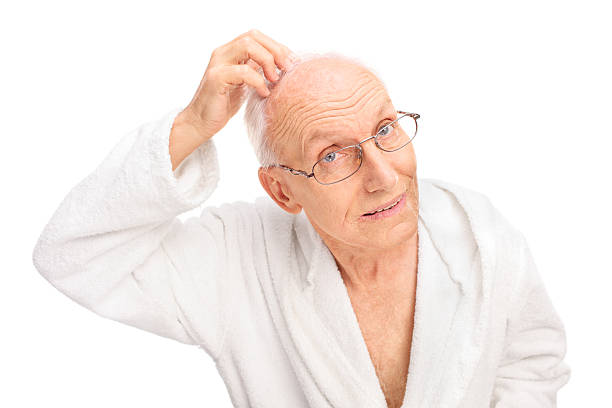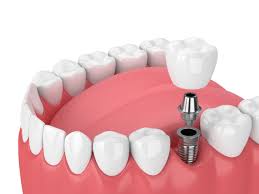Hair loss is a common concern among seniors, impacting both physical appearance and self-esteem. Fortunately, advancements in medical science offer a range of hair restoration options tailored to the needs of older adults. From non-invasive medications to surgical procedures, seniors have access to various treatments that can help restore a fuller head of hair and enhance their quality of life. In this comprehensive guide, Home Care Las Vegas suggests different hair restoration options available to seniors, providing insights into their effectiveness, benefits, and considerations.
Non-Invasive Treatment Options:
- Minoxidil (Rogaine):
Minoxidil is a topical medication approved by the FDA for the treatment of hair loss in both men and women. It works by stimulating hair follicles, promoting hair growth, and preventing further hair loss. Seniors can easily apply minoxidil to the scalp once or twice daily, making it a convenient option for those seeking non-invasive treatment. - Finasteride (Propecia):
Finasteride is an oral medication commonly prescribed to men for the treatment of male pattern baldness. It works by blocking the conversion of testosterone into dihydrotestosterone (DHT), a hormone implicated in hair loss. While finasteride has shown promising results in slowing down hair loss and promoting hair regrowth, it may not be suitable for all seniors and can have side effects. - Low-Level Laser Therapy (LLLT):
LLLT is a non-invasive treatment option that utilizes low-level laser light to stimulate hair follicles and promote hair growth. Seniors can undergo LLLT sessions either at a clinic or using FDA-cleared devices designed for home use. While LLLT has shown effectiveness in some individuals, results may vary, and long-term commitment to treatment is necessary.
Surgical Hair Restoration Procedures:
- Follicular Unit Transplantation (FUT):
FUT, also known as strip harvesting, is a surgical procedure in which a strip of scalp containing healthy hair follicles is removed from the donor area and transplanted to the recipient area experiencing hair loss. FUT is suitable for seniors with advanced hair loss and can provide natural-looking results with proper post-operative care. - Follicular Unit Extraction (FUE):
Follicular Unit Extraction (FUE) stands as a minimally invasive hair transplantation procedure, wherein individual hair follicles are meticulously harvested from the donor area and then delicately transplanted into the recipient region. Distinguished from Follicular Unit Transplantation (FUT), FUE obviates the necessity for scalp strip removal, thereby minimizing scarring and expediting recovery. Seniors considering FUE should consult with a qualified surgeon to determine candidacy and expected outcomes.
Factors to Consider:
- Overall Health and Medical History:
Prior to embarking on any hair restoration procedure, seniors should undergo comprehensive medical assessments to gauge their overall health and suitability for treatment. Certain medical conditions and medications could affect eligibility for surgical interventions, underscoring the importance of divulging all pertinent information to their healthcare provider. This thorough evaluation ensures that seniors receive personalized recommendations and optimal care tailored to their specific needs and circumstances. - Cost and Affordability:
The expenses associated with hair restoration treatments fluctuate based on factors such as the procedure type, the severity of hair loss, and geographical region. Seniors are advised to assess their financial resources and insurance coverage when evaluating treatment alternatives. Additionally, they should inquire about potential financing arrangements or installment plans extended by healthcare providers to facilitate access to desired treatments. - Realistic Expectations:
Though hair restoration treatments hold promise for enhancing hair density and aesthetics, seniors must maintain realistic expectations regarding treatment outcomes. It’s crucial to acknowledge that individual responses may differ, and attaining desired results may necessitate multiple sessions. Consulting with healthcare professionals can provide seniors with a clearer understanding of the treatment process and the anticipated outcomes, fostering informed decision-making and realistic expectations.
Conclusion:
Hair loss can have a significant impact on seniors’ quality of life, affecting confidence, self-esteem, and social interactions. Fortunately, a variety of hair restoration options are available to seniors, ranging from non-invasive medications to surgical procedures. By consulting with qualified Las Vegas senior care healthcare providers and considering factors such as health status, affordability, and expectations, seniors can navigate the array of treatment options available and choose the approach that best suits their needs and preferences. With the right treatment plan in place, seniors can restore a fuller head of hair and regain confidence in their appearance as they age.



